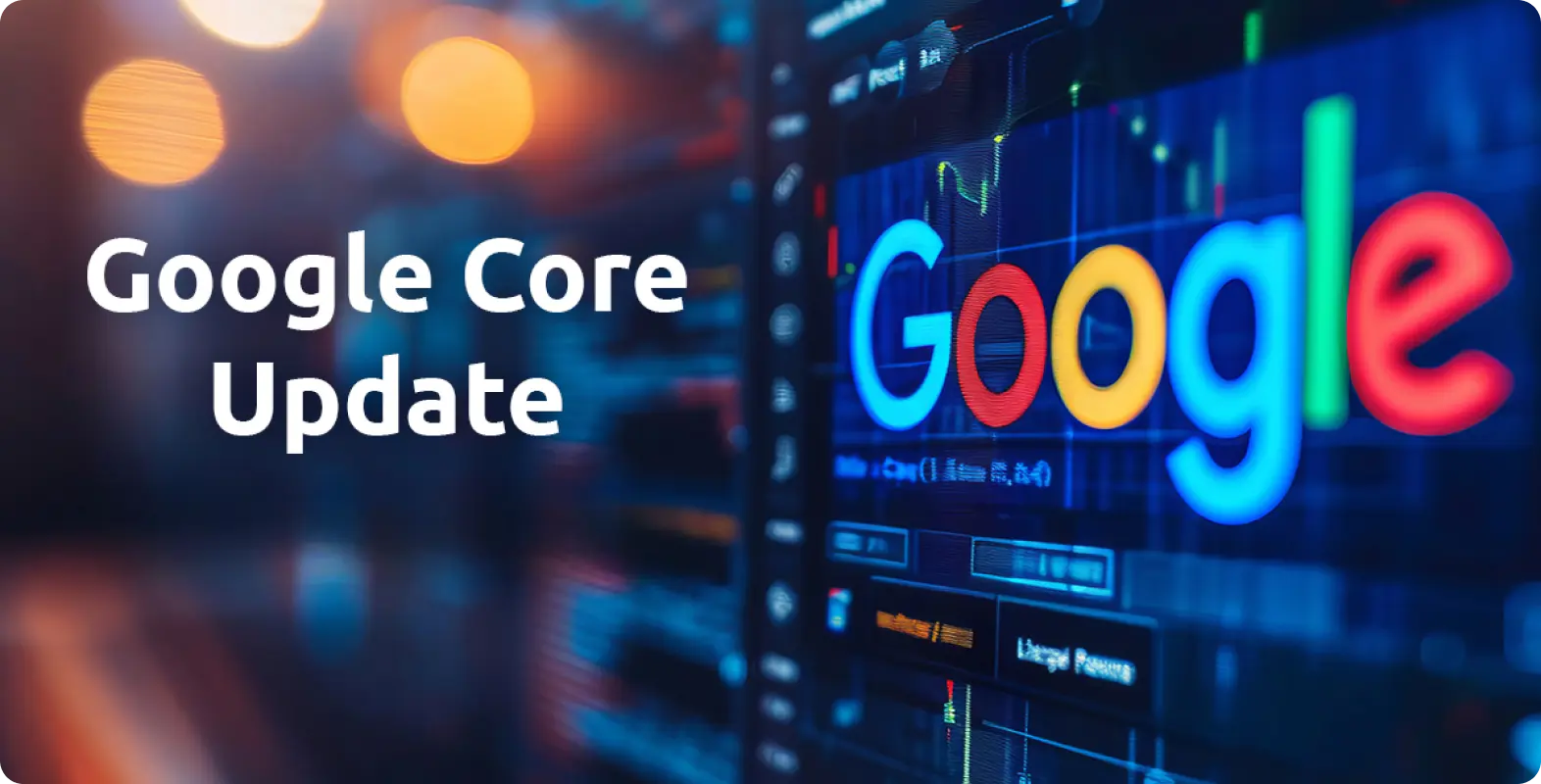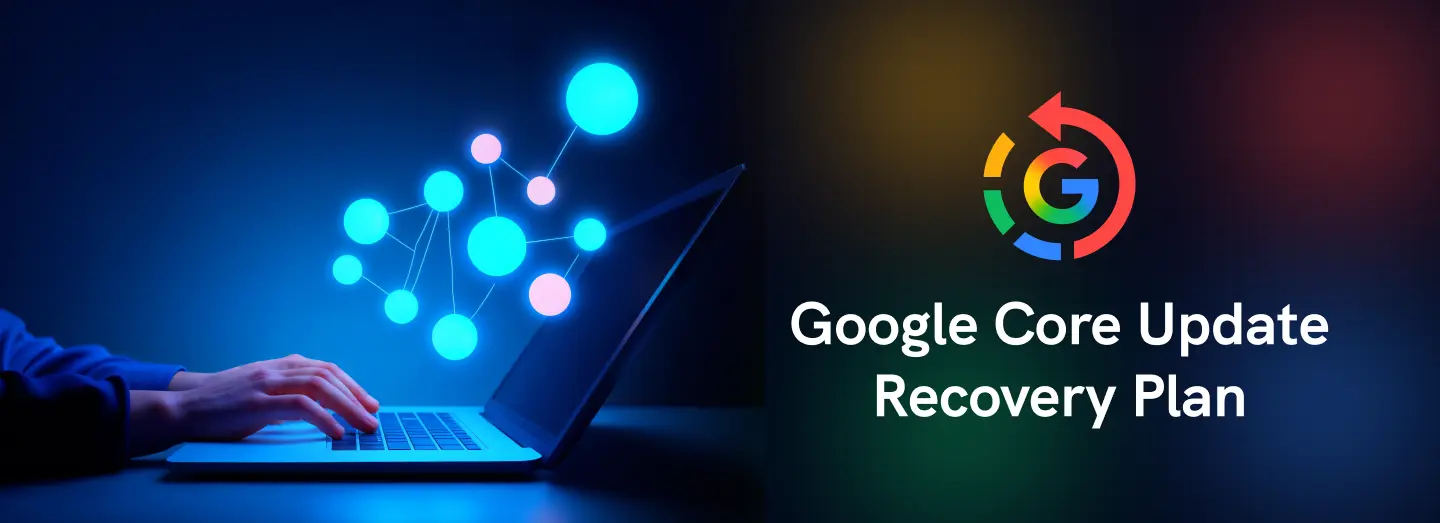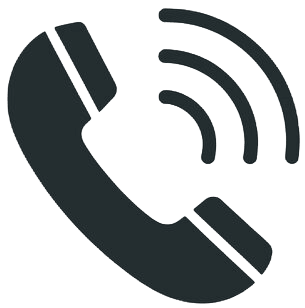- Introduction
- What Is a Core Update & Why Does It Matter
- 2025 Google Algorithm Updates (So Far)
- Signs You’ve Been Affected
- Step 1: Confirm & Diagnose
- Step 2: Content Audit & E-E-A-T Reinforcement
- Step 3: Optimize Technical & UX Foundations
- Step 4: Benchmark Competitors & Content Gaps
- Step 5: Track, Measure & Iterate
- Long-Term Strategy: Build Resilience
- Real-World Recovery Examples
- Phase-Wise Timeline
- Key Takeaways for BrandStory UAE
- Final Thoughts
2025 is already proving to be a turbulent year for SEO, with two major Google Core Updates, launched in March and June, that have disrupted thousands of sites worldwide. While volatility can be nerve‑wracking, SEO professionals know that recovery isn’t only possible, it’s achievable with the right plan.
In this post, we outline BrandStory UAE’s playbook to recover, rebuild, and reclaim visibility, plus a complete list of official 2025 algorithm updates so far.
What Is a Core Update & Why Does It Matter
A Core Update is a broad algorithm-wide revision, designed to elevate meaningful, high-quality content across all industries. Unlike narrow spam updates, these reevaluate how content is ranked holistically, with a focus on:

- Content depth and relevance
- Trustworthiness and authority signals
- User experience and value
These updates often cause dramatic ranking shifts, but aren’t penalties—they’re a recalibration of Google’s standards.
2025 Google Algorithm Updates (So Far)
| Date | Update Name | Notes |
|---|---|---|
| March 13, 2025 | March 2025 Core Update | Lasted ~2 weeks Increased focus on helpful content, E‑E‑A‑T, and relevance. |
| June 30 – July 21 2025 | June 2025 Core Update | Rolled out across 3 weeks Refreshed AI signals, authority, and user experience emphasis. |
Tip: Bookmark Google’s official Search Status Dashboard to check rollout timing.
Signs You’ve Been Affected
- Sudden Traffic Drop or Spike – Organic visits change abruptly post-update.
- Ranking Volatility – Fluctuating positions on target keywords.
- Decline in Key Metrics – Lower impressions, clicks, CTR, or average position.
- Competitor Movement – Similar sites may trend up/down in unison.
- Visible Patterns in Volatility Tools – MozCast, SEMrush Sensor, MozCast, etc. flagged disruptions.
Checklist: Confirm update correlation by cross-referencing your analytics timeline with rollout windows. Compare mirror periods (e.g., 7 days before vs. 7 days after) in GA4 & Search Console.
Step 1: Confirm & Diagnose
- Check Official Google Announcements – Rollouts in March and June spanned approximately two and three weeks, respectively.
- Use Tracking Tools – Resource options include Google Analytics, Search Console, MozCast, Semrush Sensor, RankRanger, etc..
- Segment Your Data – Filter by traffic source, device, content type (web/image/video), and country. Look for significant page-level drops.
Step 2: Content Audit & E-E-A-T Reinforcement
- Audit All Thin or Outdated Content
Identify pages with fewer than 500 words, with low engagement, outdated info, or a generic tone.
Actions: Refresh, expand, consolidate declining pages—avoid deleting valuable content impulsively. - Upgrade E‑E‑A‑T Signals
Add author bios with credentials.
Cite reputable external sources.
Incorporate case studies or original insights.
Maintain transparent “about” and contact info to reinforce legitimacy. - Leverage Internal & External Authority
Enhance internal linking to spotlight key content.
Audit your link profile—eradicate low-quality or spam backlinks; utilize disavow if required.
Earn high-quality external links via guest posts, PR, or resource collaboration.
Step 3: Optimize Technical & UX Foundations
- Site Crawlability – Use tools such as Screaming Frog, Ahrefs, or Semrush to fix crawl issues, broken links, or duplicate meta tags.
- Mobile & Speed Optimization – Audit mobile responsiveness and page speed (Core Web Vitals) using PageSpeed Insights/Lighthouse.
- Schema Markup – Prove and execute Schema for key content types.
- Clean Navigation & UX – Remove intrusive ads, leverage CTAs, and ensure intuitive site layout.
Step 4: Benchmark Competitors & Content Gaps
Who Gained After the Update?
Identify sites climbing post-update: length, structure, visuals, freshness, intent alignment.
Apply Learnings to Your Content
Incorporate identified keywords, headings, and formats (e.g., videos, infographics).
Restructure pages to match patterns seen in top-ranking competitors.
Step 5: Track, Measure & Iterate
- Establish a Recovery Checklist
Include:
· Weekly traffic and ranking comparisons
· Engagement metrics (bounce, time-on-page)
· Backlink gains or losses
· Completed optimization tasks - Allow Time & Save Knee‑Jerk Edits
Core updates require weeks to stabilize. Do not rush major changes while the update is still rolling out.
Long-Term Strategy: Build Resilience

- Publish Quality Regularly
Create fresh, valuable, and original content frequently—avoid filler or low-value AI-generated content. - Develop Topic Clusters
Form interconnected pillar pages and supporting articles around key themes to boost authority. - Technical Audits Routine
Schedule quarterly checks for crawl issues and site performance. - Link Acquisition Continues
Engage in high-quality content partnerships and PR outreach to sustain SEO momentum. - User-First Experience
Continuously optimize user journey, ad placement, and content clarity.
Real-World Recovery Examples
Reddit community users report recovery success through:
- Removing outdated content (COVID-era pages, redundant affiliate links), improving internal linking and UX… and trust signals through clear authorship.
- One SEO noted they “had a total recovery + some after about a 50% loss” following disciplined clean-up and info refresh.
This backs our premise: strategic cleanup + long-term engagement restores rank.
Phase-Wise Timeline
| Phase | Tasks | Timeline |
|---|---|---|
| Week 0–1 | Confirm hit, analyze data, identify low-performers | Immediately after the update |
| Week 2–4 | Content refresh, tech fixes, E‑E‑A‑T updates | While the update is still settling |
| Month 2–3 | Competitive benchmarking, backlink strengthening | UX tweaks |
| Month 4+ | Maintain content cadence, monitoring | quarterly audits |
Key Takeaways for BrandStory UAE

- Confirm if the rankings drop aligns with the March or June updates.
- Audit low-performing pages, consolidate or enrich them.
- Optimize E‑E‑A‑T via author bios, transparent contact, and credentials.
- Fix technical issues: crawlability, mobile UX, speed, schema.
- Benchmark against competitors with post-update gains.
- Track using recovery checklist; resist rushed or reactionary overhauls.
- Invest in long-term quality: content, site health, backlinks, and UX.
Final Thoughts
Core updates are not punishments, but redistributions of attention to quality-first websites. It’s a calling to double down on helpfulness, power, and reliability—the foundations of the best SEO Agency in Dubai, BrandStory’s mission.
When implemented constantly and methodically, this recovery plan not just restores lost ground—it creates momentum toward long-term resilience and sustainable success.
Let this be the year you evolve stronger, not despite the updates, but because you aligned more intensively with what users genuinely value.
We are BrandStory
Get in touch with us at info@brandstory.in to create a pleasant experience for your audience and a great success for your business.








